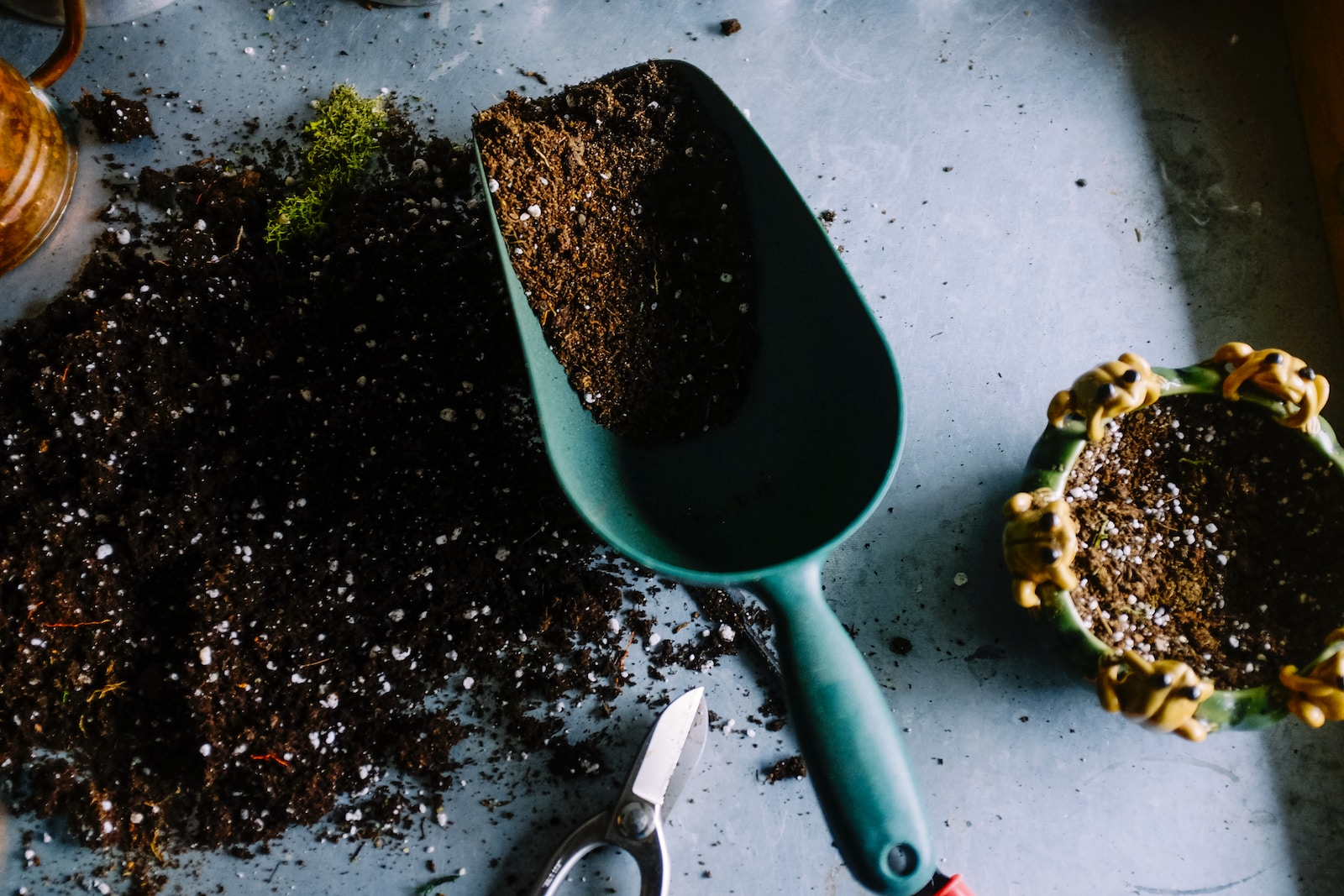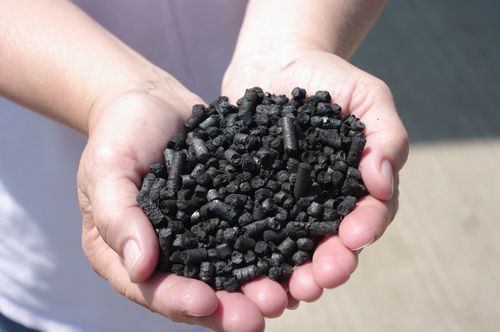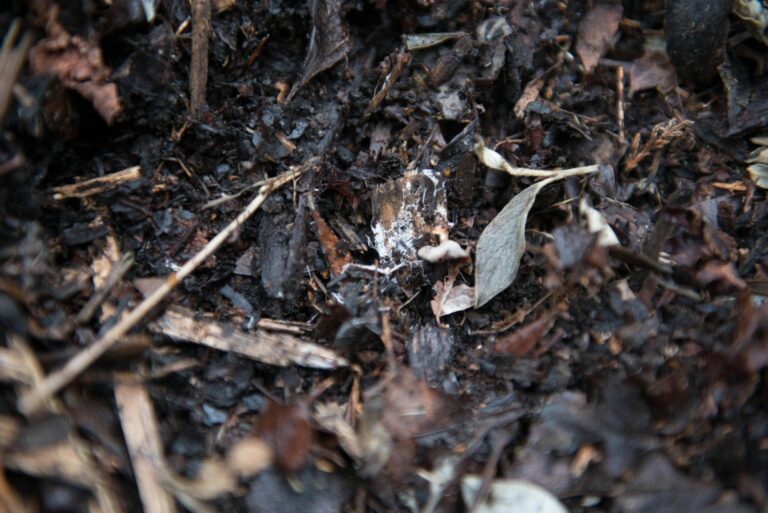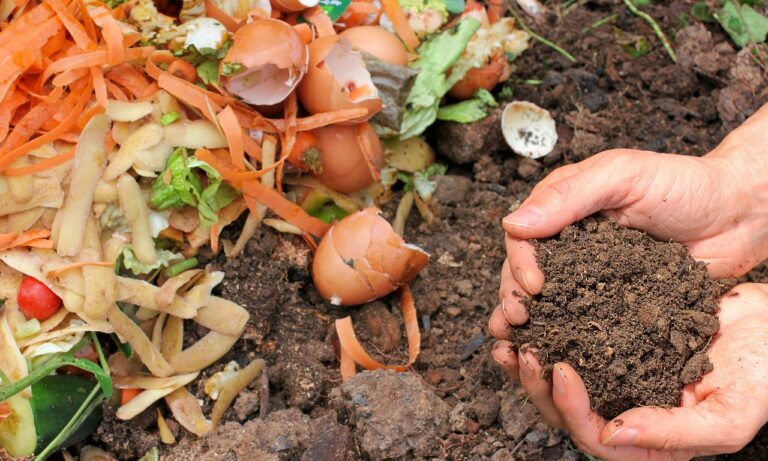Have you ever found yourself in the garden, trowel in hand, wondering if compost could replace soil? It seems like a gardener’s dream, doesn’t it?
In this comprehensive guide, we delve into the world of composting and its potential as a soil substitute. We unearth the truth about compost and its nutrient-rich, water-retaining, and plant growth-enhancing properties.
Nutrient Content of Compost
The nutrient content of compost is a crucial factor in determining its effectiveness as a soil amendment. Compost composition refers to the combination and concentration of essential nutrients present in compost. These nutrients are derived from the organic materials that undergo decomposition during the composting process.
The composting process involves the breaking down of organic waste materials by microorganisms, such as bacteria and fungi, into simpler forms. As these microorganisms decompose the organic matter, they release essential nutrients such as nitrogen (N), phosphorus (P), and potassium (K) into the compost. Additionally, composting can also result in the release of other beneficial elements like calcium (Ca), magnesium (Mg), and trace elements.
The compost composition is influenced by the type of organic materials used, the carbon-to-nitrogen ratio, moisture content, temperature, and duration of the composting process. Conducive composting conditions lead to a well-balanced nutrient composition, which can greatly enhance soil fertility and plant growth.
Therefore, understanding and managing the nutrient content of compost is vital for maximizing its potential as a soil amendment.
Water Retention in Compost
After discussing the nutrient content of compost, we can now examine its ability to retain water. Water retention is a crucial factor in determining the effectiveness of compost as a soil amendment.
Compost has been found to significantly improve soil structure, which in turn enhances its water-holding capacity. One of the reasons compost is effective at retaining water is its ability to improve soil structure. Compost contains organic matter that helps to bind soil particles together, creating larger aggregates with spaces in between. These spaces allow water to infiltrate the soil easily and be held within the soil matrix. The improved soil structure also helps to prevent water runoff and erosion, reducing the loss of valuable nutrients.
Furthermore, compost’s role in reducing erosion is another important aspect of its water retention capabilities. When applied to the soil surface, compost acts as a protective layer, preventing the impact of raindrops and reducing soil crusting. By reducing erosion, compost helps to maintain the integrity of the soil, allowing it to retain water more effectively.
Compost’s Impact on Plant Growth
Compost significantly enhances plant growth by providing essential nutrients and improving soil structure. The following are some key ways in which compost impacts plant growth:
- Nutrient-rich soil: Compost is a valuable source of essential nutrients such as nitrogen, phosphorus, and potassium. These nutrients are vital for plant growth and development. When incorporated into the soil, compost releases these nutrients slowly, providing a steady supply for plants over time.
- Improved soil structure: The organic matter in compost helps to improve soil structure, making it more crumbly and porous. This allows for better root penetration, water infiltration, and air circulation in the soil. As a result, plants have easier access to water, nutrients, and oxygen, which promotes healthy growth.
- Enhanced microbial activity: Compost contains a diverse community of beneficial microorganisms, including bacteria, fungi, and earthworms. These microorganisms break down organic matter, releasing nutrients and improving soil fertility. They also help suppress harmful pathogens, improving plant health.
In addition to these plant-centric benefits, composting also offers environmental benefits. It reduces waste, as organic materials such as food scraps and yard trimmings are diverted from landfills. Composting can also help sequester carbon in the soil, mitigating climate change. By employing effective composting techniques and methods, we can harness these benefits and cultivate healthier, more sustainable gardens and landscapes.
Using Compost as a Soil Amendment
Using compost as a soil amendment enhances soil fertility and promotes optimal plant growth. Composting is a natural process that transforms organic waste into nutrient-rich humus. When added to soil, compost improves its structure, water holding capacity, and nutrient content.
One of the main benefits of composting is its ability to supply essential nutrients to plants in a slow-release form. This helps to prevent nutrient leaching and ensures a steady supply of nutrients over time. Additionally, compost can improve soil pH, making it more suitable for a wider range of plants.
There are several composting methods that can be used to produce high-quality compost. These include traditional composting, vermicomposting using earthworms, and aerated static pile composting, among others. Each method has its own advantages and considerations, but the goal remains the same: to break down organic materials into stable, nutrient-rich compost.
When using compost as a soil amendment, it’s important to consider the specific needs of the plants being grown and the characteristics of the soil. Conducting a soil test can help determine the nutrient levels and pH of the soil, allowing for appropriate adjustments to be made with the addition of compost.
Limitations of Using Compost Alone
While compost can greatly enhance soil fertility and promote optimal plant growth, it’s important to recognize the limitations of relying solely on compost as a soil amendment. Although composting is a natural process that breaks down organic materials into nutrient-rich matter, there are certain limitations to consider.
- Slow Release of Nutrients: Compost releases nutrients slowly over time, which may not meet the immediate needs of plants. This can be a disadvantage in situations where rapid nutrient availability is required, such as during the early stages of plant growth or in nutrient-deficient soils.
- Imbalanced Nutrient Ratios: Compost may not always provide the ideal nutrient ratios required by specific plants. Different plants have varying nutrient requirements, and relying solely on compost may result in imbalances or deficiencies of certain nutrients.
- Insufficient pH Adjustment: Compost alone may not be sufficient to adjust the pH of acidic or alkaline soils. Some plants require specific soil pH levels for optimal growth, and alternative amendments may be necessary to achieve the desired pH range.
To overcome these limitations, it’s important to consider alternative soil amendments. These can include synthetic fertilizers, organic fertilizers, or specific amendments tailored to address nutrient deficiencies or pH imbalances. By combining compost with other amendments, gardeners and farmers can ensure a more comprehensive approach to soil fertility and plant nutrition.
Tips for Incorporating Compost Into Soil
To effectively incorporate compost into soil, it’s essential to follow proper techniques and considerations. By doing so, we can maximize the benefits of compost in improving soil fertility.
One key consideration is the quality of compost. Ensure that the compost is fully decomposed and free from weed seeds, pathogens, and contaminants. This can be achieved by maintaining the correct temperature, moisture, and aeration during the composting process.
Another important technique is to properly mix the compost with the soil. This can be done by spreading a layer of compost and then tilling or digging it into the soil. The compost should be evenly distributed throughout the soil to ensure that nutrients are available to plants in all areas. Additionally, it’s recommended to mix the compost with the topsoil, as this is where the majority of plant roots are located.
Timing is also crucial when incorporating compost into soil. It’s best to add compost in the spring or fall, when the soil isn’t frozen and when plants aren’t actively growing. This allows the compost to slowly release nutrients over time, providing a steady supply for plant growth.
Incorporating compost into soil is a valuable practice for improving soil fertility. By following proper techniques and considerations, we can ensure that the compost is effectively integrated into the soil, providing essential nutrients for plant growth.
Conclusion
In conclusion, compost can indeed be used as soil due to its nutrient-rich content, ability to retain water, and positive impact on plant growth.
However, it’s important to note that using compost alone may have limitations, as it may not provide all the necessary nutrients for optimal plant growth.
Therefore, it’s recommended to incorporate compost as a soil amendment alongside other fertilizers or amendments to achieve the best results.





